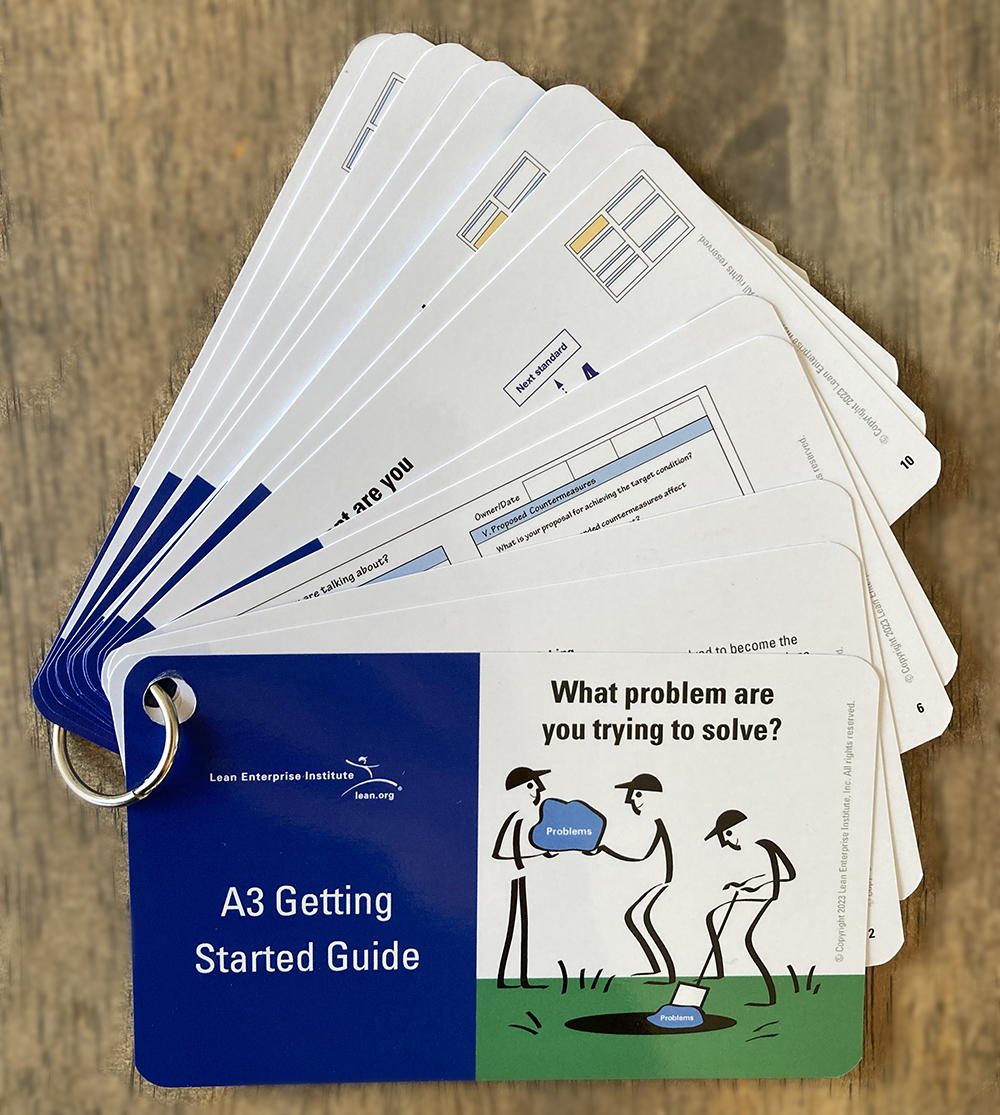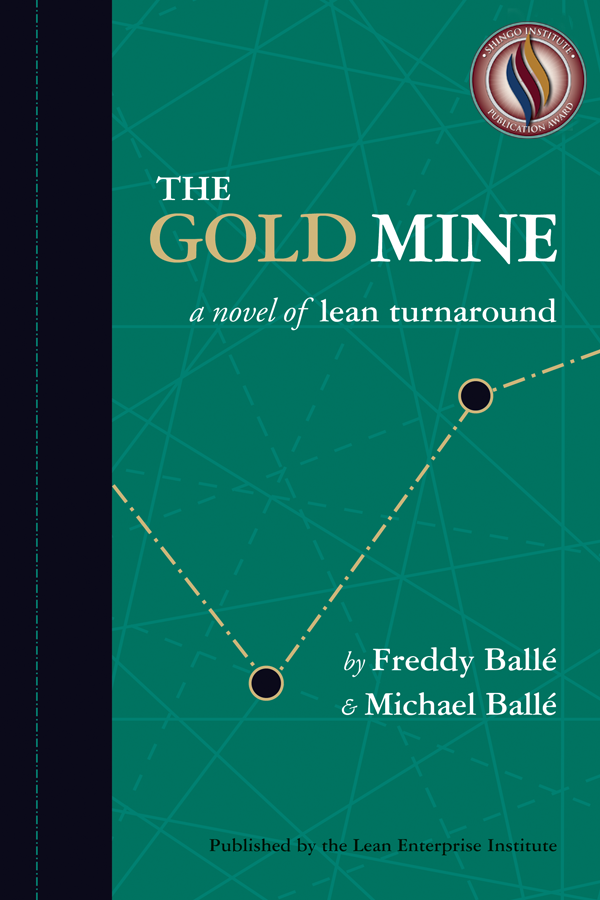The assignment had a clear target. My coach, who had done this sort of thing for decades, made sure of it.
I had been dropped inside a massive factory with a unionized workforce in the middle of the United States, set up to experience what was described as “hardcore lean.” The insinuation being that where I usually worked – coffee shops, grocery stores, and restaurants – was something else.
I was taken to one workstation that was unlike all the others. It stood apart, disconnected from the continuous flow coursing through the rest of assembly. Its worker could hardly be called a team member. He only interacted with others when parts were delivered or picked up. Or, when he stopped working to chat with a random passerby or to go and visit someone. He had no reliable way to ask for and get help.
My coach challenged me to change the condition; to incorporate the workstation, its work content, and the worker onto the moving assembly line. And, to “save” (read: eliminate) the job. Like I said, the target was clear.
The demands of an extremely competitive global industry required this type of intervention in order to save the business (and its thousands of jobs for American workers). Any team member in good standing who found him or herself in this type of predicament was guaranteed reassignment. Kaizen would never result in a lay-off.
I spent an entire week building rapport with the worker, studying the situation up and downstream of the workstation, experimenting “offline” with various no-cost mock-ups, upsetting management (when I entered into fabrication and unknowingly crossed reporting lines) and a few workers (when holding a stopwatch led to a formal complaint, or two), and chatting with dozens of people from various levels and departments. At the end of the week, after only a few brief check-ins, my coach asked to meet me at the workstation for a report out.
Prior to our meeting, I cleaned up the fifth or sixth draft of my A3, an indication of how much I’d learned. I was eager to share it and tried handing him a copy the moment he showed up. But then, after watching the worker for a moment, he gave me a look I’ll never forget, grabbed my A3, crumpled it up, and threw it on the ground. Then he pointed at the workstation and asked, “What’s changed?!”
The answer was…nothing. I started mumbling and stuttering…
He interrupted me. “I mean, what the #@({ are we doing here?”
But most importantly, his coaching reminded me that the purpose is *transformation*. A lean approach is incomplete if nothing has changed for the better. It is not enough to only think, talk, write, and draw. Recognizing my vulnerability at that moment, he delivered that “question” with a look on his face that signaled a teaching point. I had to choose how to respond. I could ignore it and call him a jerk or something worse. I could become defensive and rattle off excuses. I could roll my eyes.
Frankly, people offer me “teaching points” all-too-often. I don’t often receive them for various reasons. But in this case, I did. I shut up and listened. I paused to reflect.
Along my personal learning journey, this moment stands out as a high-impact *corrective action*. For this reason, I think it’s a great example of *lean coaching*. Why? Because it’s practical value (and lack of waste!) was so tremendous. But more specifically…
The assignment had a clear target that reflected a real business need. It was not allowed to be an exercise of “play kaizen.”
Also, I was given time to develop and explore my own chosen path. All of my capabilities were being called upon (and revealed). This included the use of standardized worksheets to learn about the value-creating work. Plus, an A3 to display my understanding of the current situation and my thinking about what to do. I used it for socialization and to collect input from various stakeholders which resulted in general alignment.
But most importantly, his coaching reminded me that the purpose is *transformation*. A lean approach is incomplete if nothing has changed for the better. It is not enough to only think, talk, write, and draw.
In short, I failed the assignment. But it was a lesson I needed to learn. So I’m thankful for the not-so-subtle call to live by the principle *learn by DOING*. I’ll never forget that coaching experience (or the coach himself).
If I may, I encourage you to conclude each day by asking yourself, “What did I transform today?”
If the answer is nothing, let me suggest that your learning (and lean practice) is incomplete.






